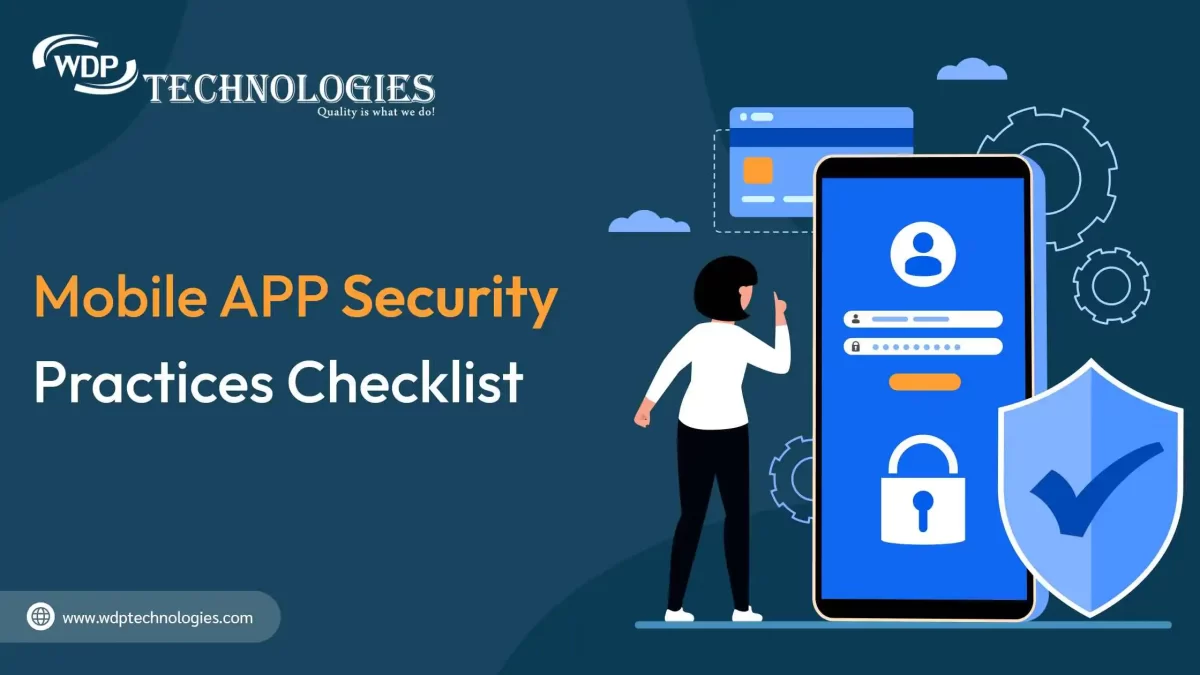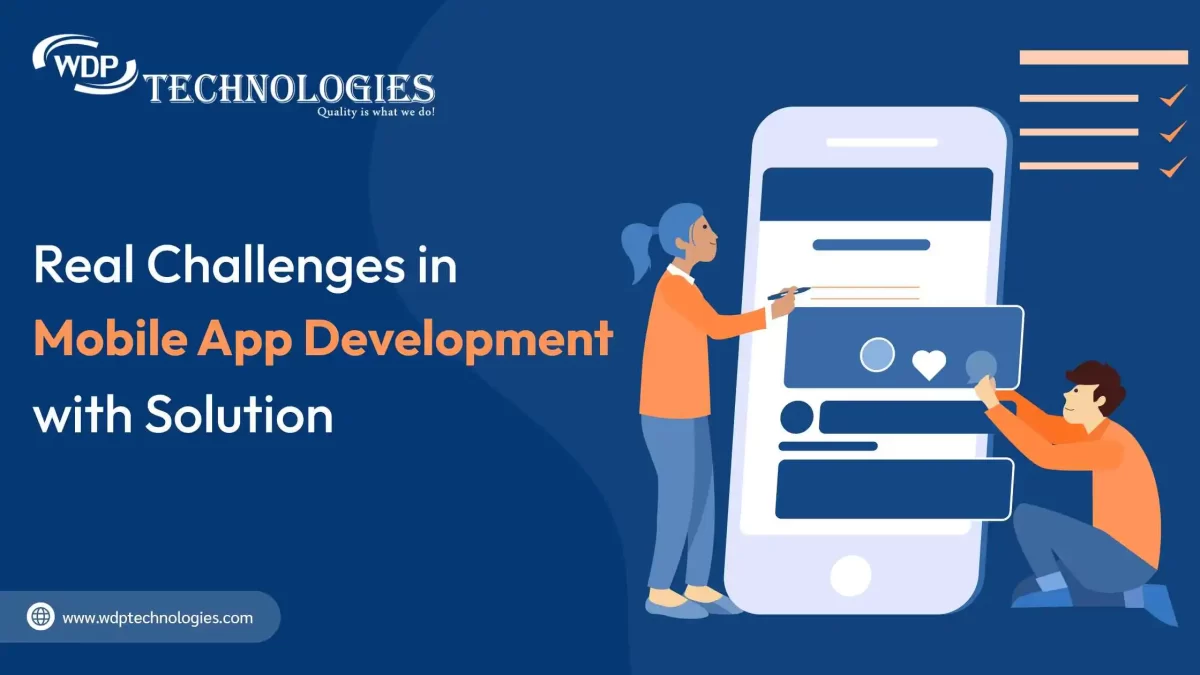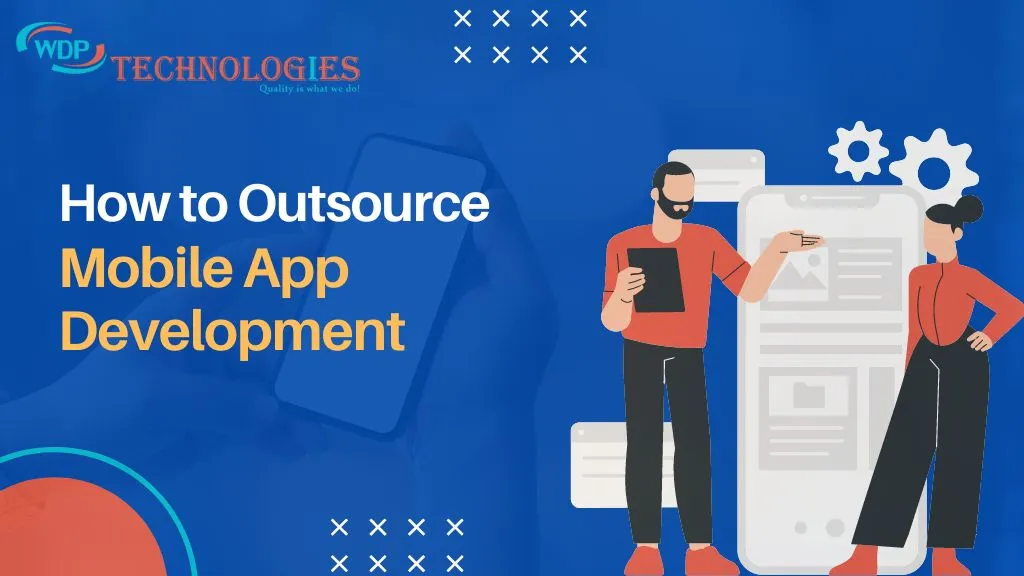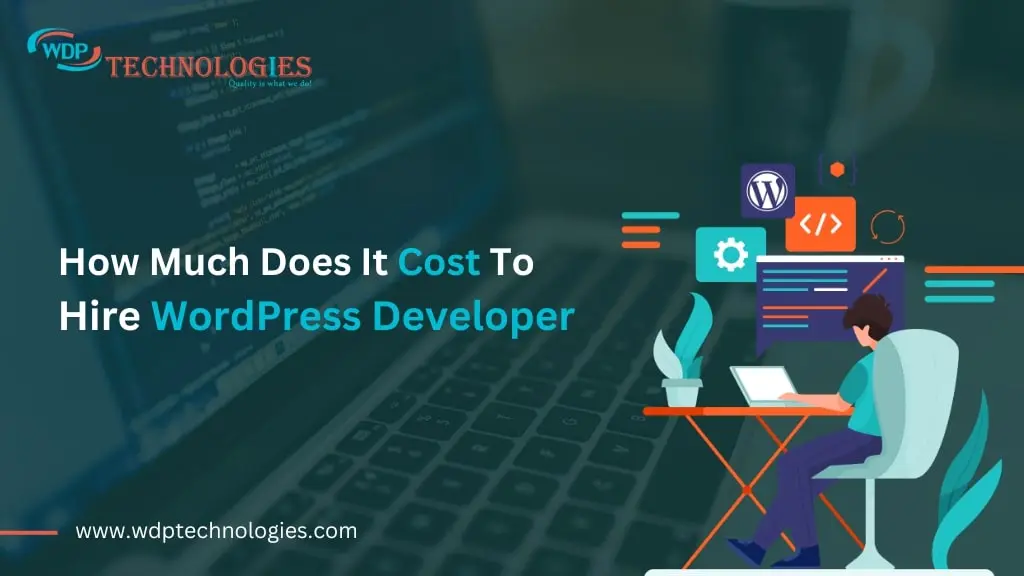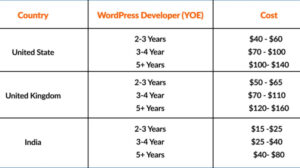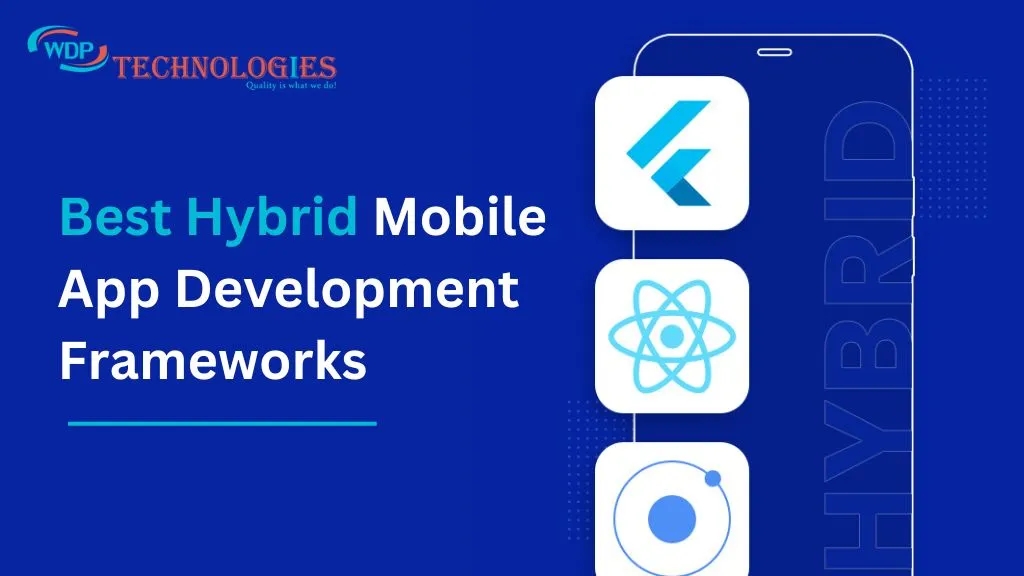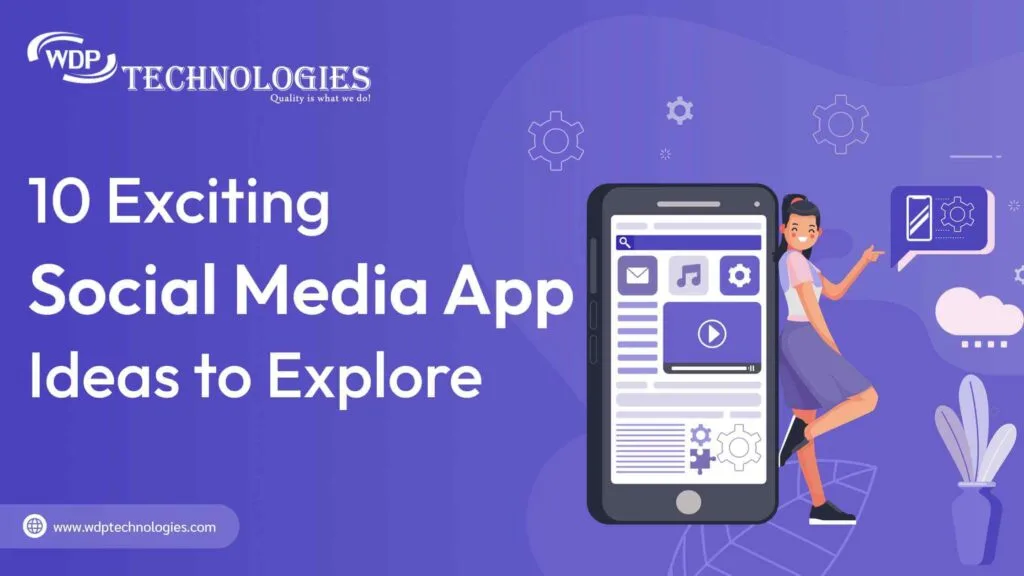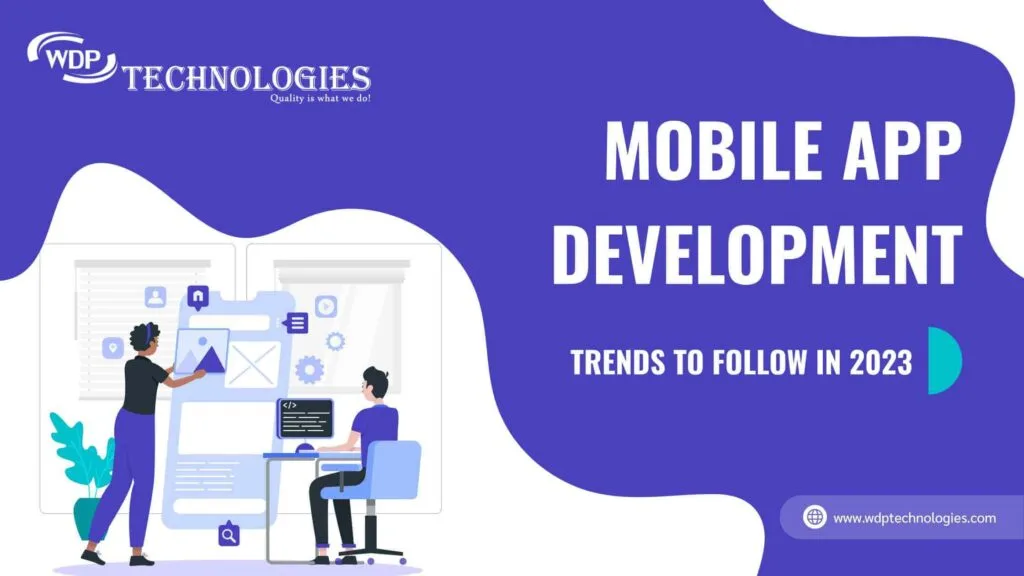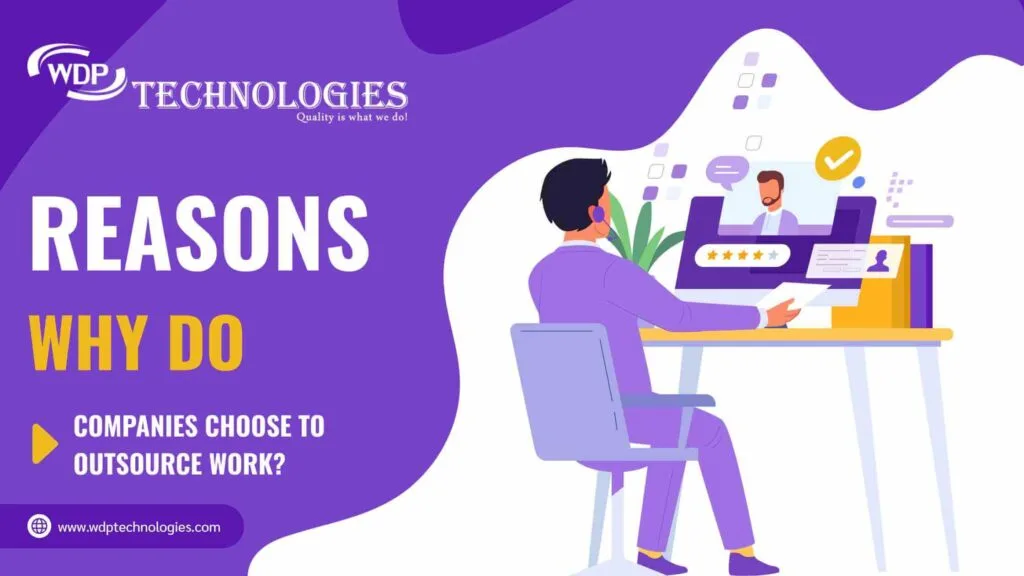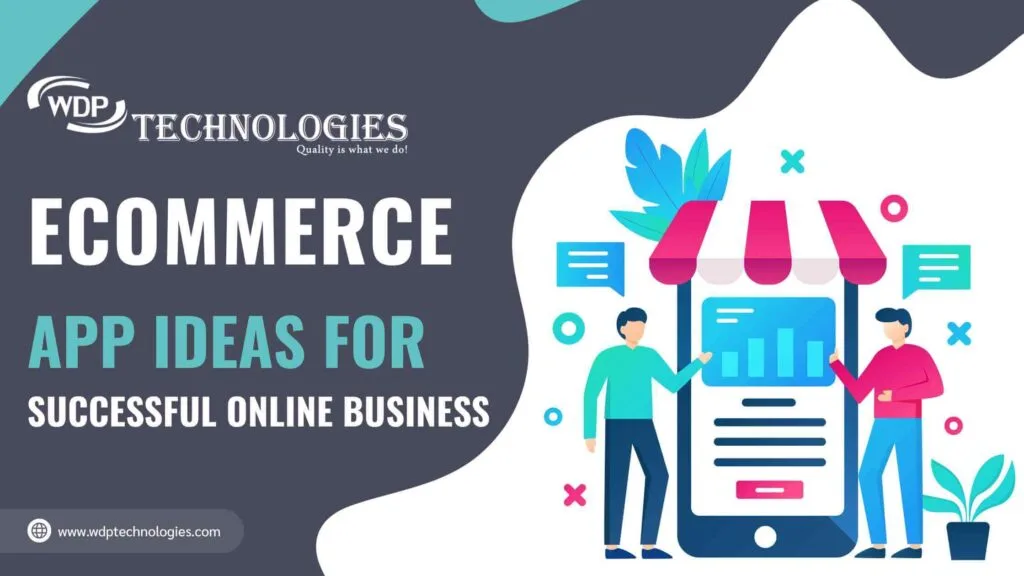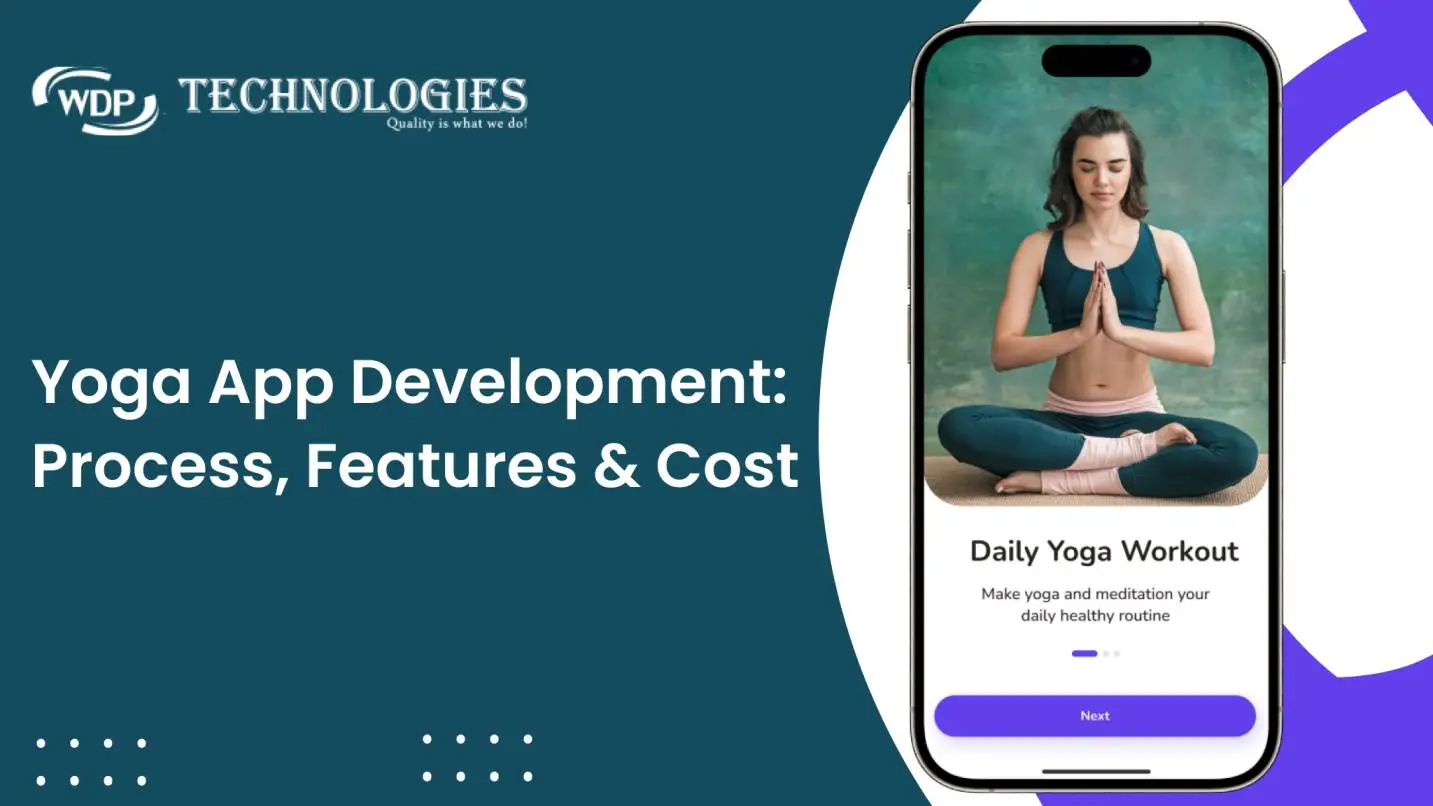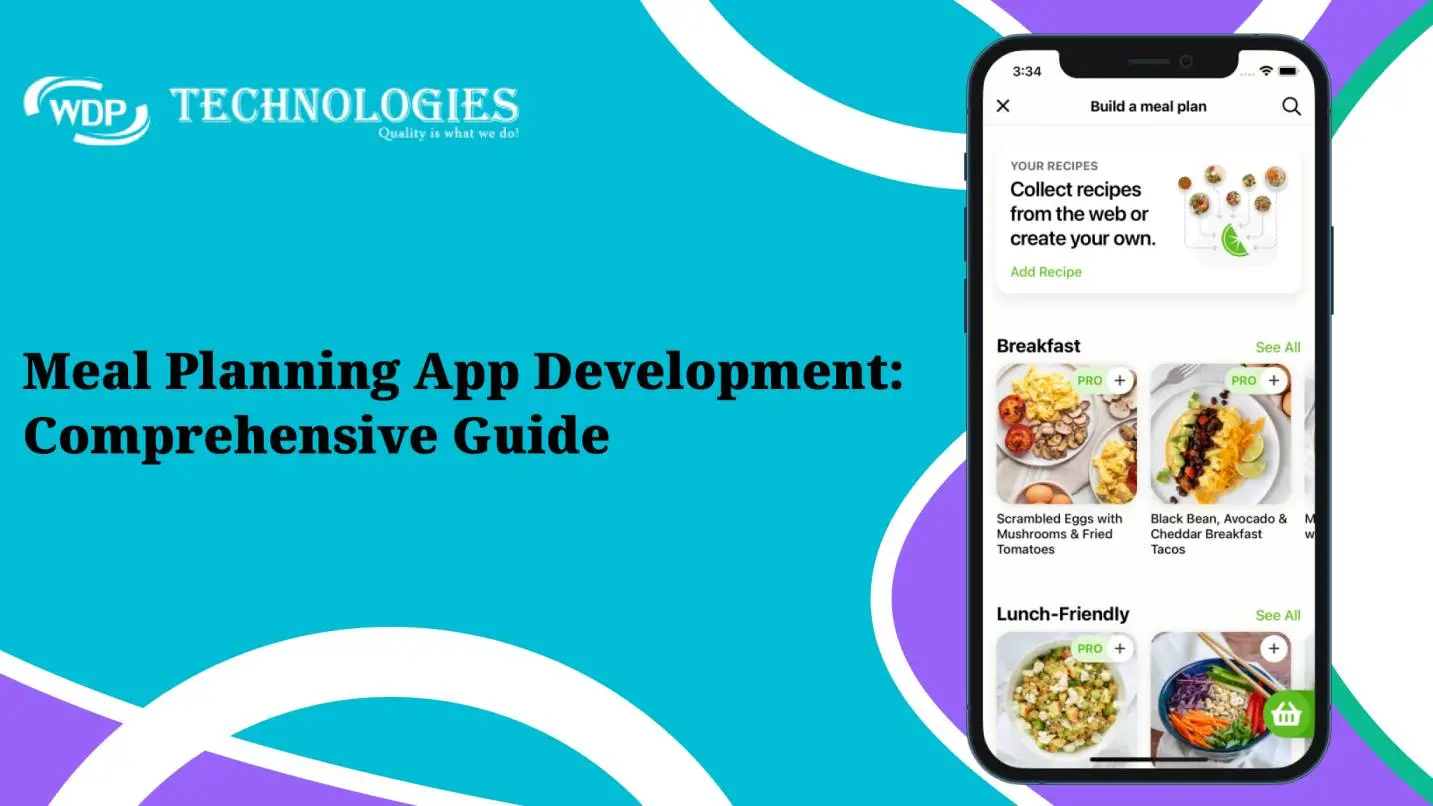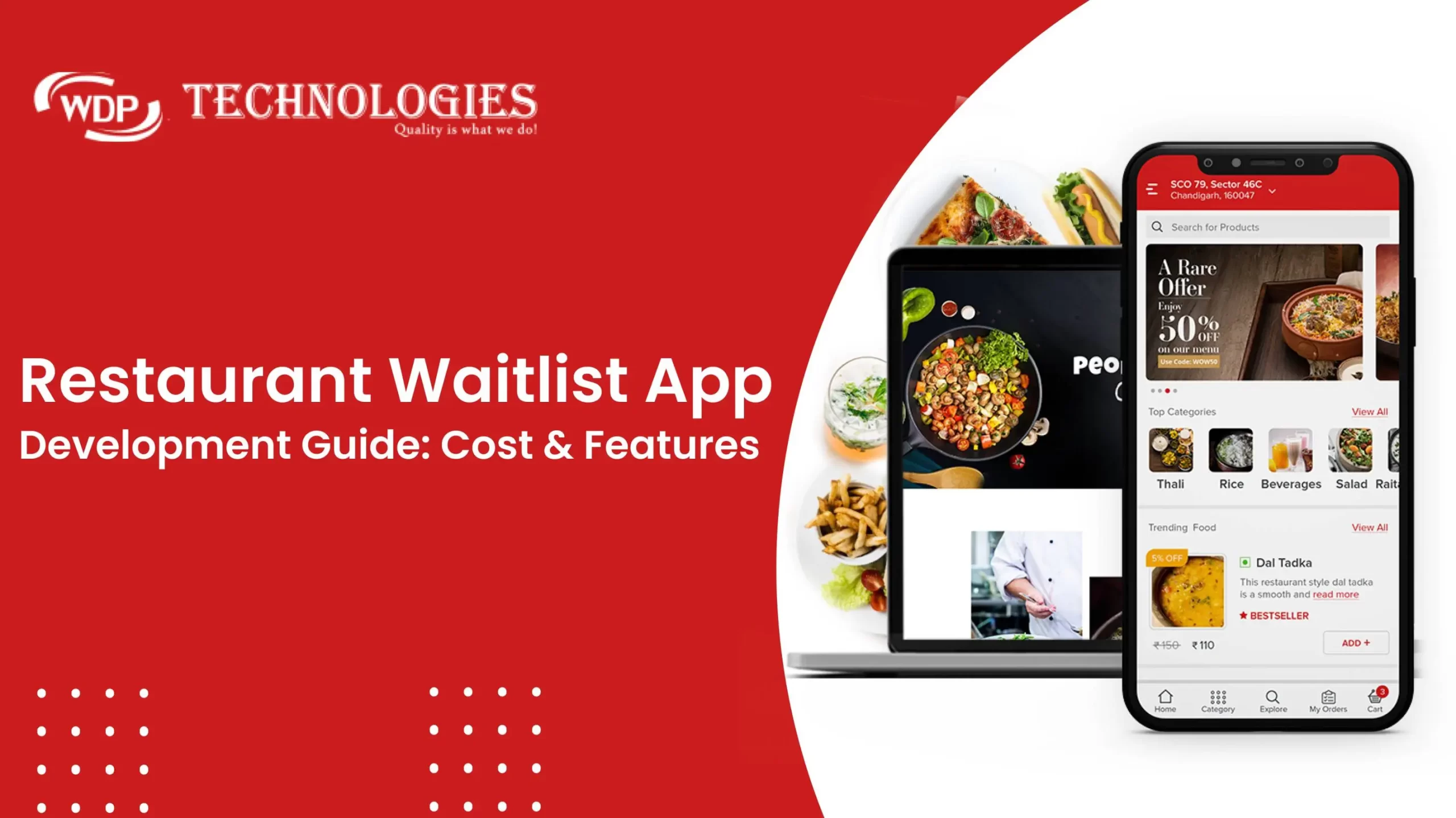In today’s highly competitive business marketplace, increasing brand visibility is crucial for establishing a strong market presence, attracting customers, and driving growth. With the proliferation of digital platforms and the ever-evolving marketing strategies, it’s essential to have a solid plan in place to stand out among the noise. In this comprehensive guide, we’ll get to know in depth about how to increase brand visibility and make a lasting impact.
Why Brand Visibility is Important
Increase brand visibility is not just a nice-to-have aspect of business; it’s a critical factor that directly influences a company’s success and long-term growth. Here’s why brand visibility is so important:
1. First Impressions Matter:
In a world filled with choices, customers often make split-second decisions based on first impressions. A strong and visible brand creates a positive initial impact, increasing the likelihood that potential customers will consider your products or services.
2. Establishing Trust and Credibility:
A visible brand communicates professionalism and reliability. When customers consistently see your brand across various platforms and touch points, they perceive your business as established and trustworthy. This trust is essential for customer loyalty and repeat business.
3. Recognition and Recall:
Brand visibility leads to brand recognition. When customers repeatedly encounter your brand’s logo, colors, and messaging, they develop a sense of familiarity. This familiarity increases the chances of them remembering your brand when they’re in need of your products or services.
4. Differentiation from Competitors
In competitive markets, standing out from the crowd is crucial. A well-visible brand that effectively communicates its unique value proposition can differentiate itself from competitors, making it easier for customers to choose you over alternatives.
5. Increased Customer Engagement
Visible brands tend to have higher customer engagement rates. When customers recognize and trust your brand, they are more likely to interact with your content, participate in your campaigns, and provide feedback. This engagement fosters a sense of community and connection.
6. Enhanced Customer Loyalty
Loyal customers are more likely to stick with your brand over time, even when faced with competitive offers. A visible brand that consistently delivers value and meets customer expectations is more likely to earn and retain loyal customers.
7. Word-of-Mouth Marketing
Customers are more likely to recommend brands they trust and have positive experiences with. A visible brand that leaves a lasting impression increases the likelihood of positive word-of-mouth recommendations, which can greatly amplify your reach.
8. Expanding Market Share
A brand that is visible not only to its current customer base but also to new potential customers has a higher chance of expanding its market share. Visibility helps you tap into new demographics and segments.
9. Attracting Business Opportunities
Visible brands often attract partnerships, collaborations, and other business opportunities. Other companies are more likely to approach brands that are well-known and have a solid reputation.
10. Long-Term Growth and Sustainability
Brand visibility contributes to long-term growth by building a strong foundation of customer trust, loyalty, and recognition. A well-established brand is better equipped to weather market fluctuations and changes in consumer preferences
How to Increase Brand Visibility Online
Increase brand visibility online is essential in today’s digital world. Here are effective strategies to enhance your brand’s online presence and visibility:
1. Define Your Brand Identity:
Before embarking on any visibility-boosting efforts, it’s vital to have a clear understanding of your brand’s identity. What does your brand stand for? What values do you represent? Create a compelling brand story that resonates with your target audience and differentiates you from your competitors. Your brand’s identity will guide all your visibility-enhancing strategies.
2. Develop a Strong Online Presence:
In today’s digital age, an online presence is non-negotiable. Start by creating a user-friendly, responsive website that reflects your brand’s identity. Optimize it for search engines (SEO) to ensure it ranks well in relevant searches. Leverage social media platforms that align with your audience’s preferences, and consistently share engaging content to foster a loyal following.
3. Content is King:
High-quality, relevant content is a cornerstone of brand visibility. Develop a content strategy that addresses your audience’s pain points and interests. This could include blog posts, videos, infographics, podcasts, and more. The goal is to position your brand as an authoritative source of information in your industry.
4. Search Engine Optimization (SEO):
Optimizing your content and website for search engines helps potential customers find you easily. Incorporate relevant keywords into your content, meta descriptions, and headings. Focus on both on-page and off-page SEO to improve your website’s ranking and drive organic traffic.
5. Leverage Social Media:
Social media platforms are powerful tools for increasing brand visibility. Choose platforms based on your target audience’s preferences, and engage consistently with relevant content. Utilize visual content, such as images and videos, to capture attention. Collaborate with influencers and participate in trending conversations to expand your reach.
6. Paid Advertising:
Pay-per-click (PPC) advertising allows you to display ads on search engines and social media platforms. This can give your brand immediate visibility to a targeted audience. Platforms like Google Ads and Facebook Ads provide sophisticated targeting options to maximize your ROI.
7. Email Marketing:
Build an email list of interested customers and send them regular newsletters. Email marketing keeps your audience engaged and informed about your latest offerings, promotions, and news. Personalize your emails for better engagement.
8. Partnerships and Collaborations:
Collaborate with other brands, influencers, or businesses that share your target audience. Joint ventures can introduce your brand to new audiences and create valuable cross-promotion opportunities.
9. Monitor and Adjust:
Regularly monitor the effectiveness of your visibility-boosting strategies. Analyze metrics such as website traffic, social media engagement, and conversion rates. Make data-driven adjustments to your strategies based on the insights gained.
How to Increase Brand Visibility Offline
Increase brand visibility offline is just as important as online efforts, especially when targeting local markets or building a more personal connection with your audience. Here are some effective strategies to boost your brand’s visibility offline:
1. Networking and Community Involvement
Participate in local business networking events, trade shows, and community gatherings. Building relationships with other businesses and community members can lead to word-of-mouth referrals and collaborations that enhance your brand’s visibility.
2. Sponsorship and Partnerships
Sponsorship of local events, charities, sports teams, or community projects can put your brand in front of a wider audience. Look for opportunities to partner with organizations that align with your brand values and target audience.
3. Attend Trade Shows and Exhibitions
Participating in industry-related trade shows and exhibitions can expose your brand to a relevant and interested audience. Design an eye-catching booth, provide informative materials, and engage attendees to leave a lasting impression.
4. Outdoor Advertising
Utilize outdoor advertising mediums like billboards, banners, posters, and transit ads in high-traffic areas. Make sure your message is concise and attention-grabbing to leave a strong impact on passersby.
5. Host Workshops or Seminars
Offer educational workshops or seminars related to your industry. This not only positions your brand as an expert but also provides an opportunity to engage directly with potential customers and establish credibility.
6. Creative Merchandising
Distribute branded merchandise like t-shirts, hats, or tote bags at events or through local partnerships. This can turn your customers into walking brand ambassadors, increasing visibility as they use or wear your branded items.
7. Local Media Coverage
Reach out to local newspapers, radio stations, and TV channels to share your brand’s story, accomplishments, or events. Local media coverage can significantly increase your brand’s visibility within your community.
8. Vehicle Branding
If your business involves vehicles, consider wrapping them with your brand’s visuals and messaging. This turns your vehicles into moving advertisements that can be seen by a wide range of people as they travel through the community.
9. Branded Uniforms or Attire
Outfit your staff with branded uniforms or attire. Whether it’s uniforms, t-shirts, or accessories, this creates a consistent and recognizable brand presence wherever your team goes.
10. Public Speaking Engagements
Offer to speak at local events, workshops, or conferences related to your industry. Public speaking positions you as an authority and allows you to showcase your brand to a captive audience.
11. Charitable Initiatives
Engage in charitable activities or sponsor community events. Supporting a cause you believe in can not only contribute positively to your community but also increase your brand’s visibility among people who share similar values.
How to Measure Brand Visibility
Measuring brand visibility is crucial for evaluating your marketing efforts and brand impact. Here are key indicators and methods to assess your brand’s visibility:
-
Web Analytics:
- Monitor website traffic, referral sources, and engagement metrics.
- Analyze organic search rankings and click-through rates.
-
Social Media Metrics:
- Track follower growth, engagement (likes, comments, shares), and reach/impressions.
- Monitor your brand’s presence and mentions using monitoring tools.
-
Influencer Reach:
- Evaluate influencer collaborations for reach and engagement.
-
Brand Recognition:
- Use surveys to measure brand recognition and awareness among your audience.
-
Sales and Conversions:
- Link visibility efforts to actual sales and conversions.
- Measure the impact of campaigns on revenue.
-
Offline Metrics:
- Monitor foot traffic (if applicable) and attendance at events.
-
Online Reputation:
- Review online reviews and ratings on various platforms.
-
Competitive Analysis:
- Compare your brand’s visibility to competitors within your industry.
Conclusion
To Increase brand visibility it requires a multi-faceted approach that encompasses both digital and traditional strategies. By developing a strong brand identity, crafting compelling content, leveraging online platforms, and staying adaptable to changing trends, you can effectively enhance your brand’s visibility and leave a lasting impression on your target audience. Remember, it’s a continuous effort that requires dedication and creativity to stand out in the competitive market.


